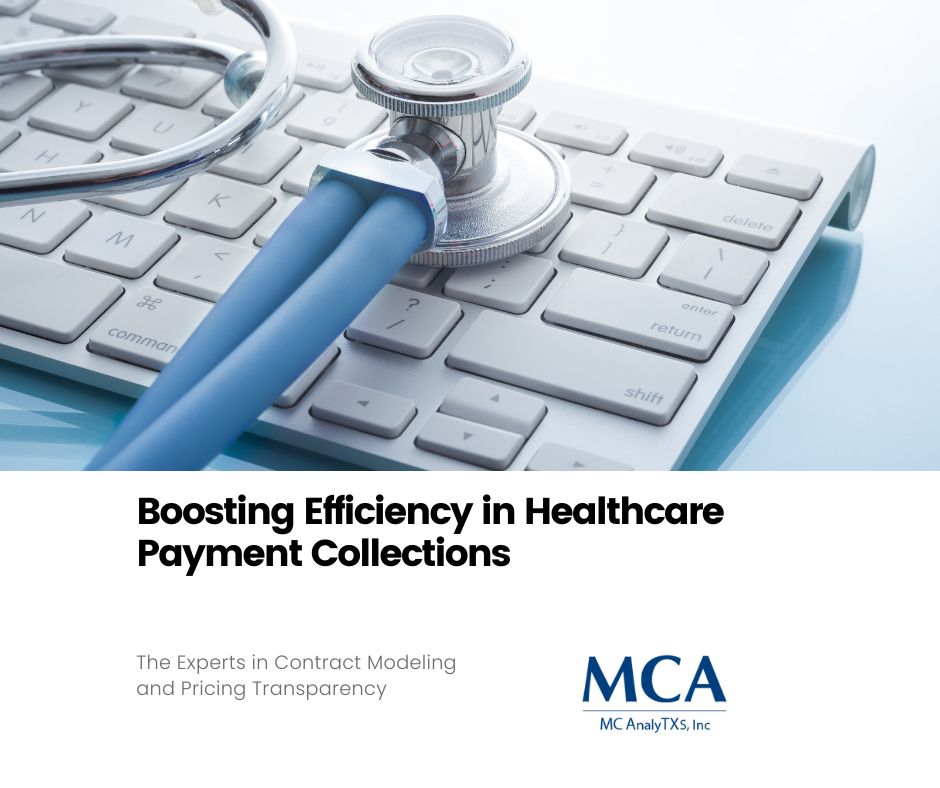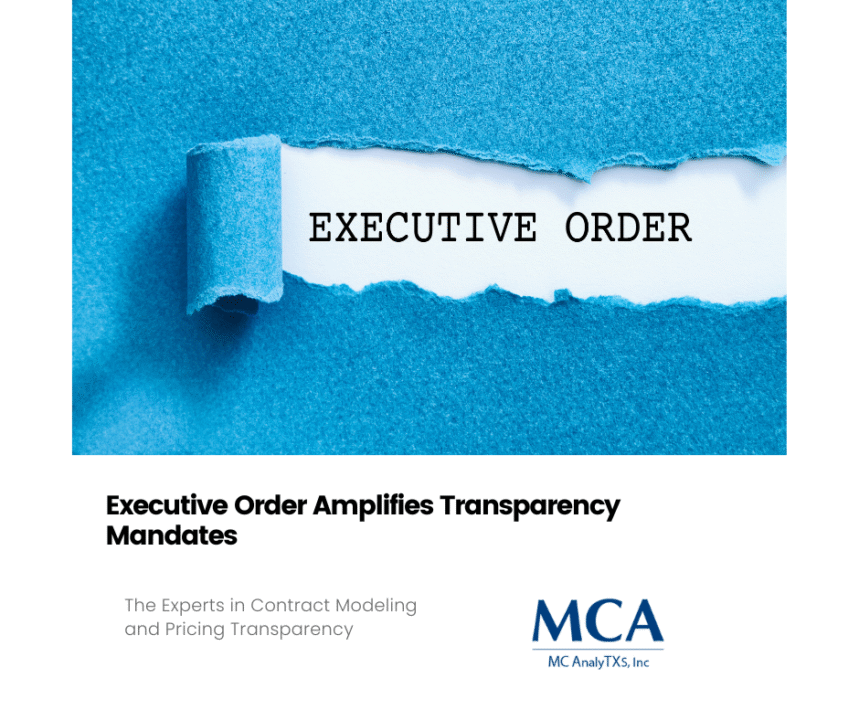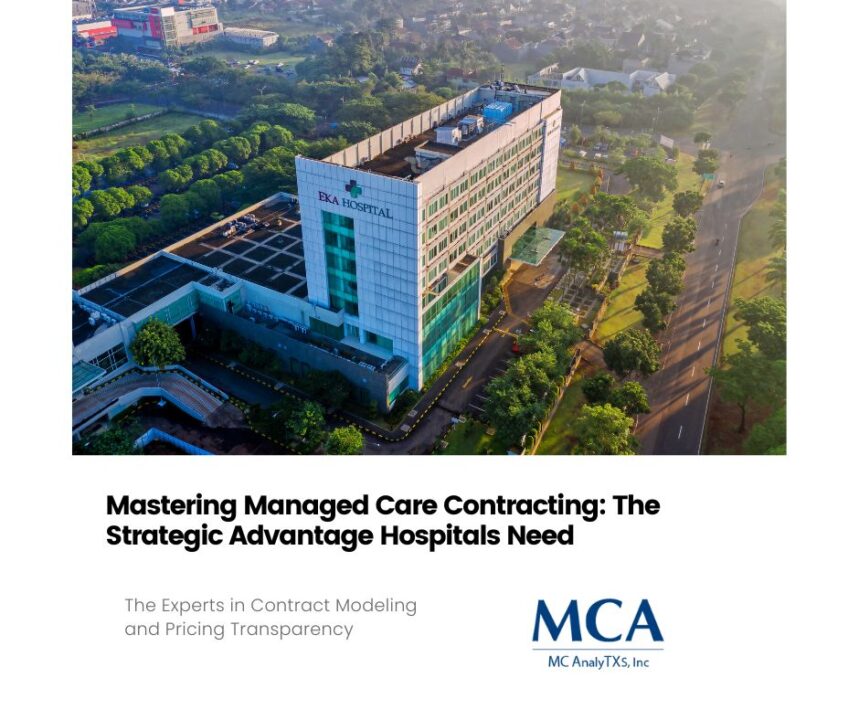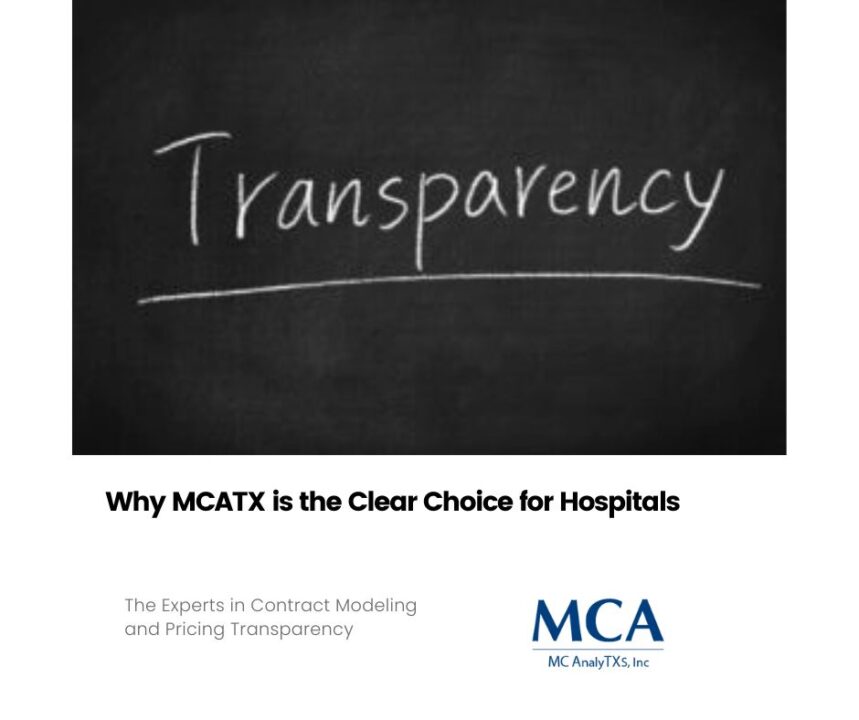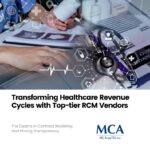
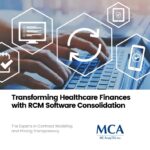
Boosting Efficiency in Healthcare Payment Collection
Introduction
In the complex world of healthcare revenue cycle management (RCM), inefficient payment collection processes can be a significant burden. These inefficiencies lead to higher operational costs, delayed reimbursements, and ultimately, a negative impact on patient satisfaction. For healthcare providers, optimizing payment collections is not just a matter of financial stability; it’s essential for maintaining the overall quality of care.
In this blog post, we’ll explore the challenges healthcare RCM faces with inefficient payment collection processes. We’ll then discuss practical strategies to increase efficiency, including technology integration, process optimization, and staff training. By the end, you’ll have a comprehensive understanding of how to enhance your payment collection efforts and improve your organization’s financial health.
Understanding the Problem
Root Causes of Inefficiency
The first step in addressing any issue is understanding the root causes. In healthcare payment collection, there are several key factors that contribute to inefficiency:
- Manual Processes:
Despite advances in technology, many healthcare providers still rely on manual processes for billing and payment collection. This reliance can lead to human error, delays, and increased labor costs.
- Complex Billing Systems:
Healthcare billing systems are notoriously complex, involving multiple payer types, coding requirements, and reimbursement rules. Navigating this complexity can slow down the payment collection process and increase the likelihood of errors.
- Lack of Patient Transparency:
Patients often find healthcare billing confusing and opaque, leading to delayed payments and disputes. Without clear communication about costs and payment expectations, patients are less likely to pay promptly.
High Costs of Inefficiency
The costs of inefficient payment collection go beyond just financial losses. They can also:
- Strain staff resources, leading to burnout and high turnover.
- Reduce patient satisfaction due to billing errors and delays.
- Impact the overall financial stability of the healthcare provider.
Strategies for Improvement
Technology Integration
One of the most effective ways to improve payment collection efficiency is through the integration of advanced technology solutions. Here are some key technologies to consider:
- Automated Billing Systems:
Automated billing systems can significantly reduce the time and effort required to generate and process bills. These systems can also minimize human error and ensure compliance with coding and reimbursement rules.
- Electronic Health Records (EHR):
Integrating payment collection with EHR systems can streamline the process by ensuring that billing information is accurate and up-to-date. This integration can also improve communication between different departments within the healthcare organization.
- Patient Portals:
Providing patients with online portals where they can view their bills, make payments, and communicate with billing staff can enhance transparency and encourage prompt payments. These portals can also offer payment plans and financial assistance options to help patients manage their healthcare costs.
Process Optimization
Optimizing existing processes can lead to significant improvements in payment collection efficiency. Consider the following strategies:
- Standardization:
Standardizing billing and payment collection processes across the organization can reduce variability and improve consistency. This standardization can also make it easier to train staff and implement new technologies.
- Pre-authorization:
Ensuring that insurance coverage and payment responsibilities are verified before services are provided can reduce the likelihood of denied claims and delayed payments. This pre-authorization process can also improve patient satisfaction by providing clarity about costs upfront.
- Follow-up Procedures:
Establishing clear follow-up procedures for unpaid bills can help ensure that payments are collected in a timely manner. These procedures should include regular reminders, clear communication about outstanding balances, and options for patients to resolve disputes or request assistance.
Staff Training
Well-trained staff are essential for efficient payment collection. Here are some key areas to focus on in staff training programs:
- Billing and Coding:
Ensuring that billing and coding staff are well-versed in the latest coding guidelines and reimbursement rules can help reduce errors and improve compliance. Regular training and certification programs can keep staff up-to-date with industry changes.
- Customer Service:
Training staff in effective customer service techniques can improve communication with patients and enhance their overall experience. This training should include strategies for handling billing disputes, explaining payment options, and providing financial assistance.
- Technology Use:
Providing staff with training on the technology solutions used in payment collection can ensure that they are comfortable and proficient in using these tools. This training can also help staff identify and resolve any issues that may arise with the technology.
Conclusion
Efficient payment collection is crucial for the financial health and overall success of healthcare providers. By understanding the root causes of inefficiency and implementing strategies such as technology integration, process optimization, and staff training, healthcare organizations can significantly improve their payment collection processes.


